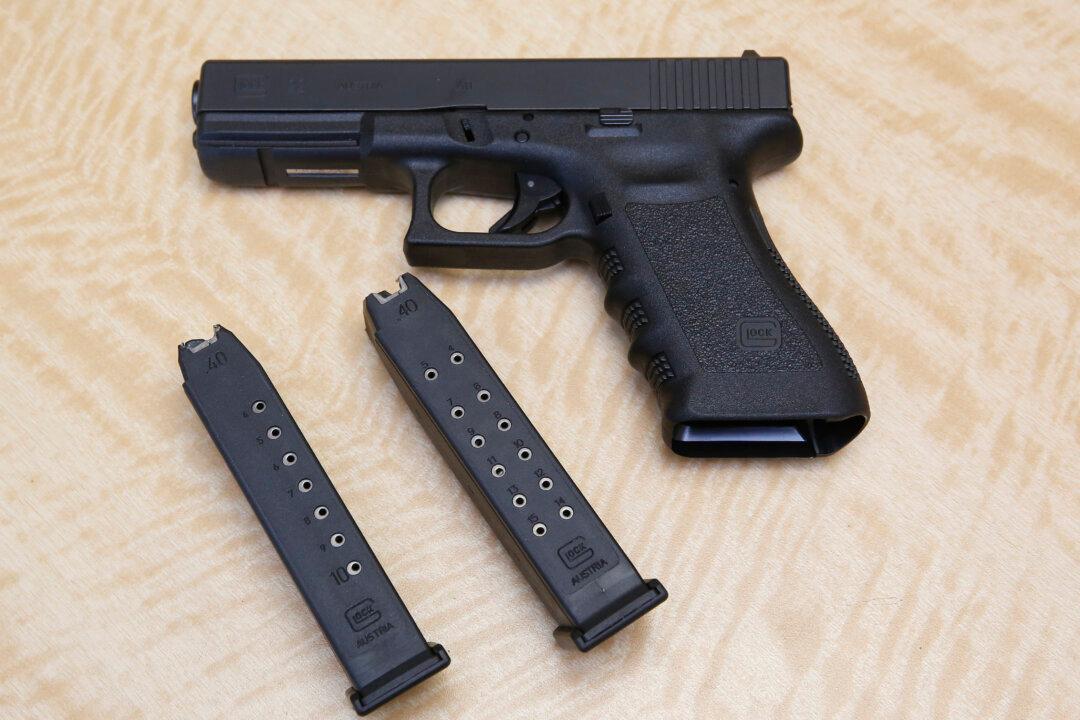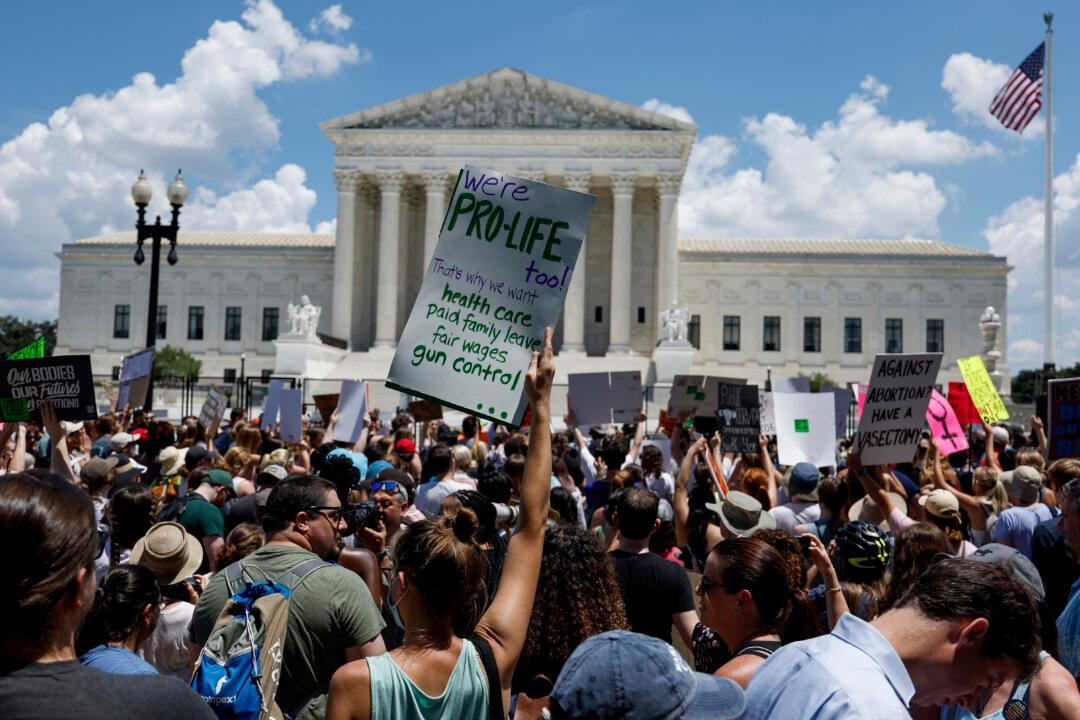California Congressman Raul Ruiz (D-Calif.) affirmed President Trump’s signature of two key pieces of legislation under the National Defense Authorization Act, which requires the Department of Defense to document where burn pits were used and submit a plan on how it will phase them out.
Congress passed the $738 billion National Defense Authorization Act (NDAA) on Dec. 12, which included two key provisions to eliminate existing burn pits and requires the mapping of where troops were exposed to the burn pit toxic fumes. Ruiz hopes this will ultimately lead to better health care for veterans who served in those areas.





